Safety
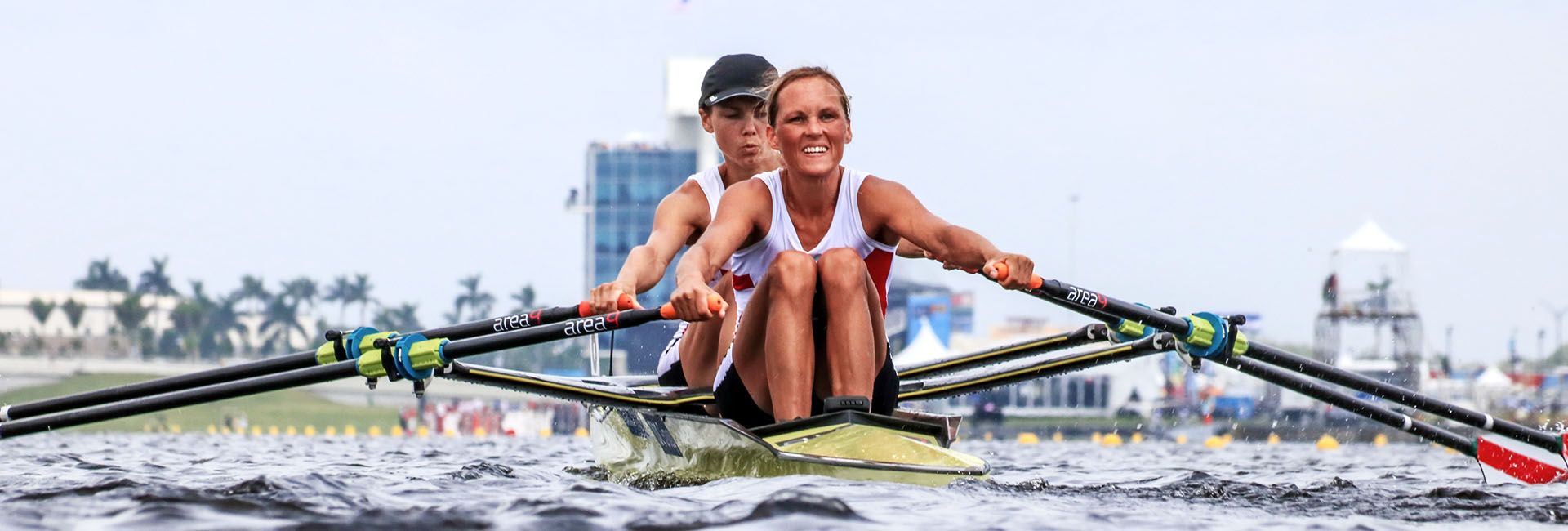
Tension adjustment
Correct tension adjustment of rowing shoe safety straps can be done out of the water and given the varying widths of boats and differences in splay of rowing shoes, it is vital they are checked for safe and correct function.
Safe operation of the safety straps relies on correct adjustment. If not adjusted correct, function and safety of the safety straps can be limited. Safety strap adjustment and use is designed to allow safe removal of the feet in the case of a capsize.
Keep in mind that correct adjustment is critical in the case of an emergency situation when removal of the feet from the shoes and boat may be conducted under higher levels of duress. Correct adjustment and proper technique will lead to rapid release from Bont Rowing shoes and to safety.
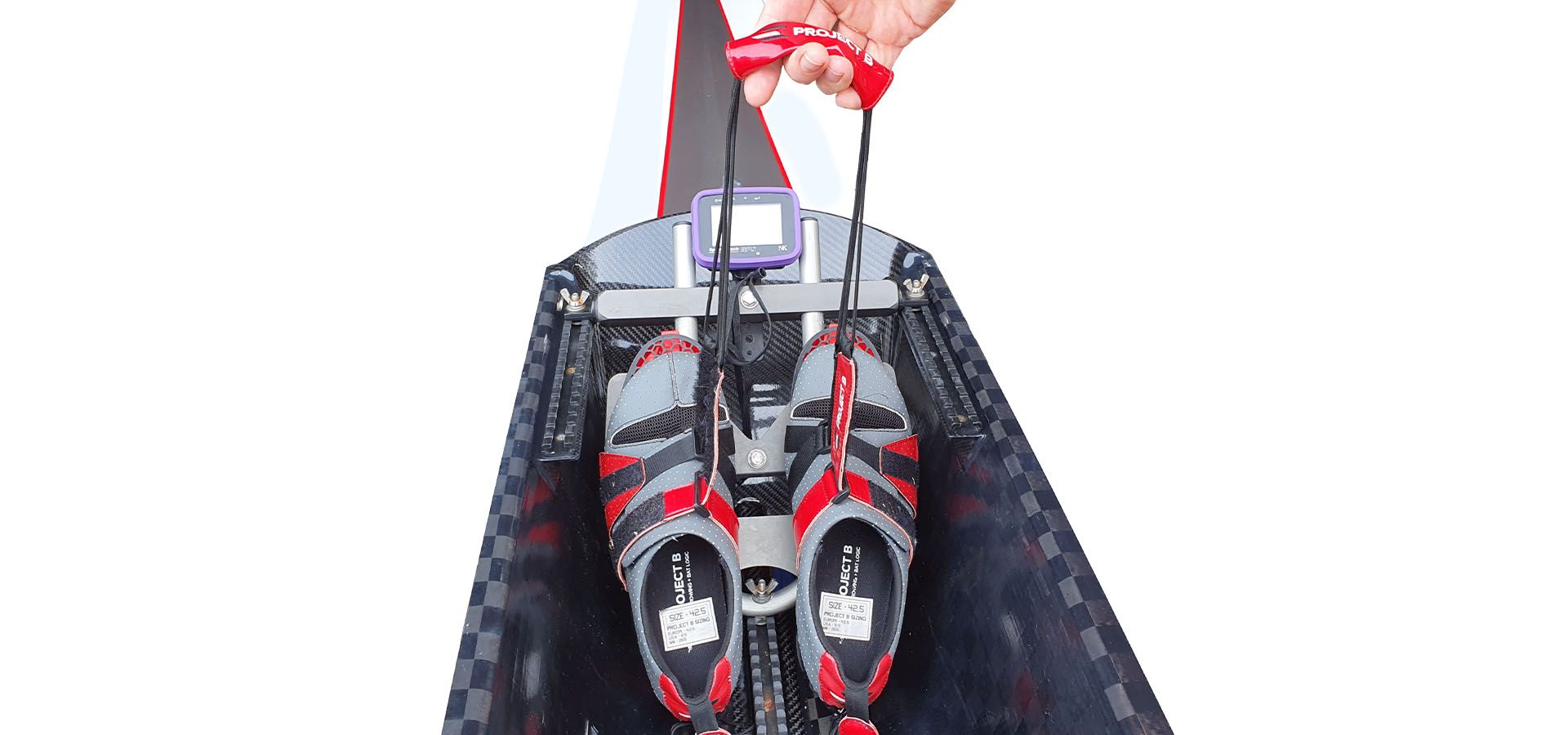
The image clearly shows all cords and the safety strap correctly adjusted when in the open position. Note all straps are in the full open position when safety handle is pulled vertically away from the shoes.
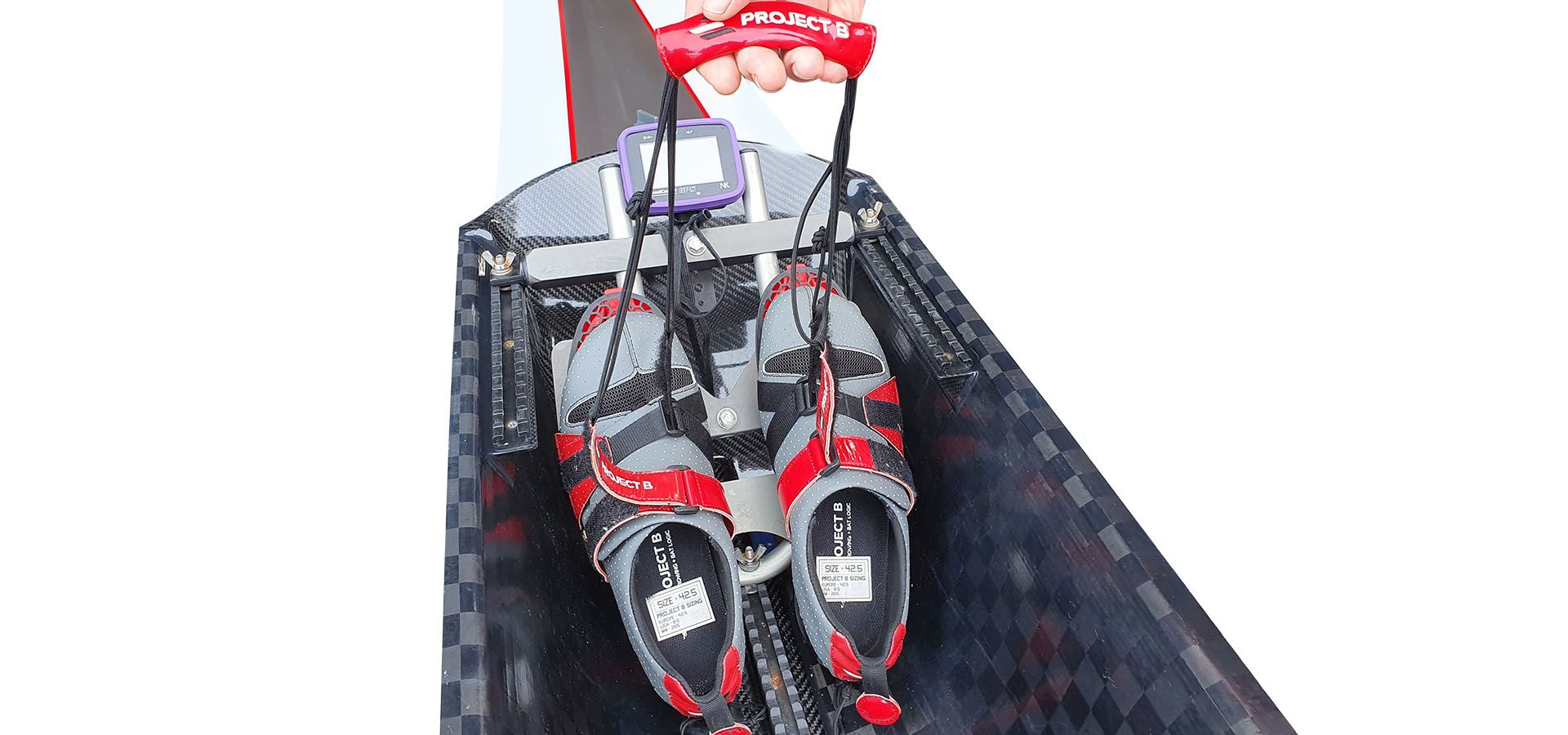
This image demonstrates incorrect adjusted safety straps. Note the unequal tension of each cord when in the open position. Incorrect adjustment of the safety straps may cause uneven opening of rowing shoe Velcro and limit the ability of feet to be removed quickly.
Safety strap length adjustment
The experience of being in a boat that has capsized can be stressful and dangerous however, just as all rowers learn safe rowing practices, the same should be true for scenarios that don't go to plan. Stress, fear and panic can potentially inhibit the decision-making process during a capsize situation and as such, knowing your equipment is absolutely vital for fast removal.
As discussed above, correct safety strap adjustment is vital anytime a rower decides to head out onto the water.
Incorrectly adjusted cords can potentially catch on parts of the boat or alternatively, hinder fast and efficient access during a capsize.
Correctly adjusted length on the safety release will ensure the safety release handle is located in the correct location each time.

Correct length adjustment of safety straps
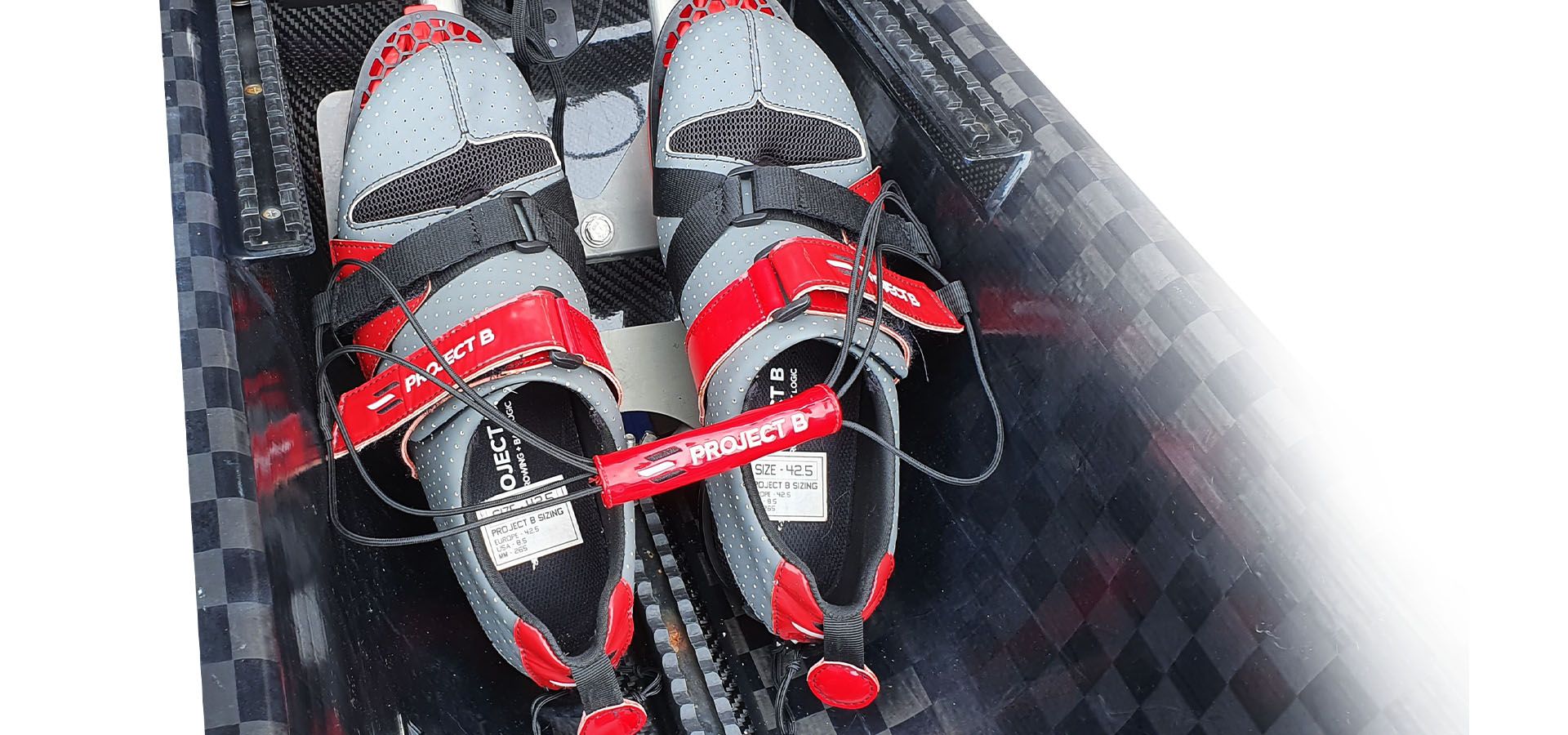
Incorrect length adjustment of safety straps
Safety strap operation
Safety straps operate in the most efficient and effective manner when pulled vertically away from the boat. In a capsize scenario, all attempts should be made to pull the strap and handle evenly and in a straight line as close as possible to vertical away from the boat. Pulling of straps in a diagonal movement across to either side of the boat may impact the proper release of the strap.
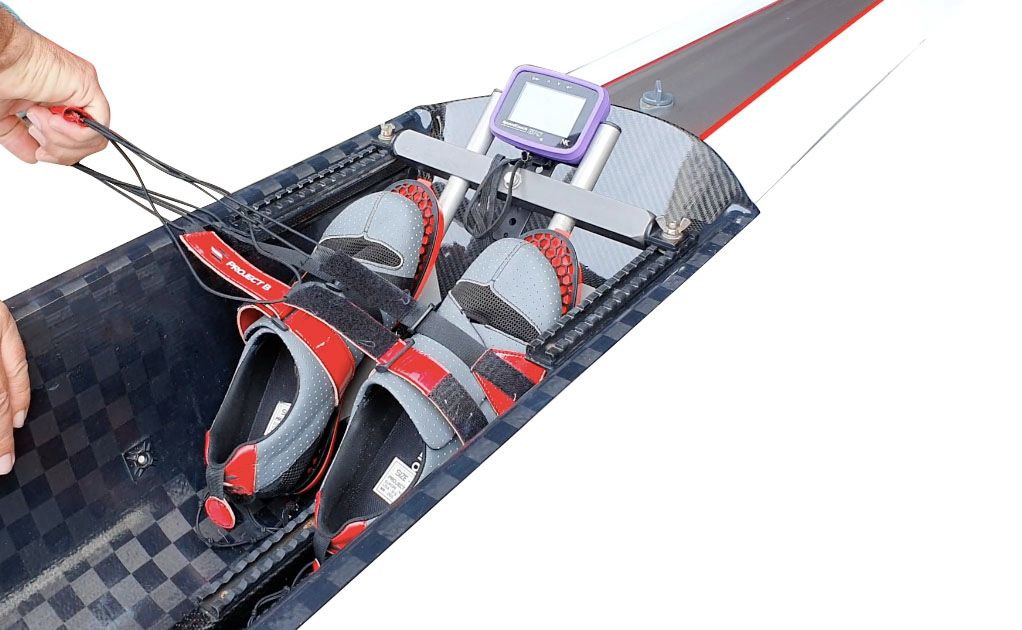
Incorrect safety strap operation
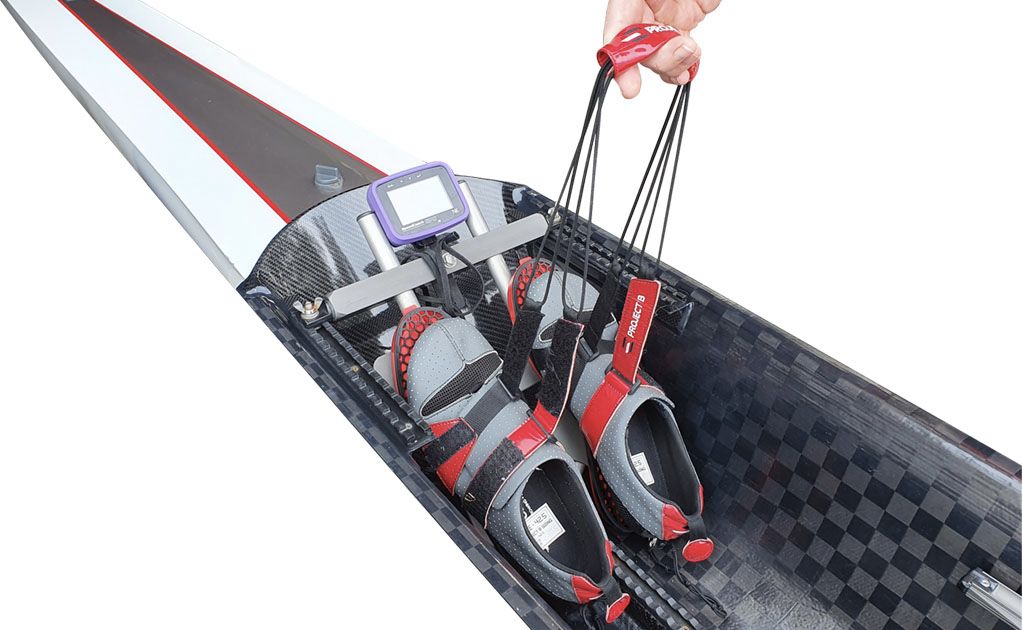
Correct safety strap operation
Heel ties
Heel ties, along with the safety straps, are vital to operation of a boat in a same manner. Use and correct installation of heel ties is regulated by World Rowing and the Fédération Internationale des Sociétés d'Aviron (FISA).
Heel Ties serve as an anchor point for the heel of the shoes. Once the safety strap is engaged, the heel tie provides the stop point and anchor for the back of the shoe. Properly adjusted heel ties, according to FISA regulations, allow swift removal of the feet from shoes. Incorrectly adjusted heel ties can place the rower in a potentially dangerous situation which may lead to difficulty in removing feet from shoes.
It is the rower and club's responsibility to ensure every pair of shoes are fitted with heel ties and adjusted correctly according to page 61 of the FISA Rules of Racing 39 3.6 - when the heel reaches the horizontal position the foot will be released from the shoe.